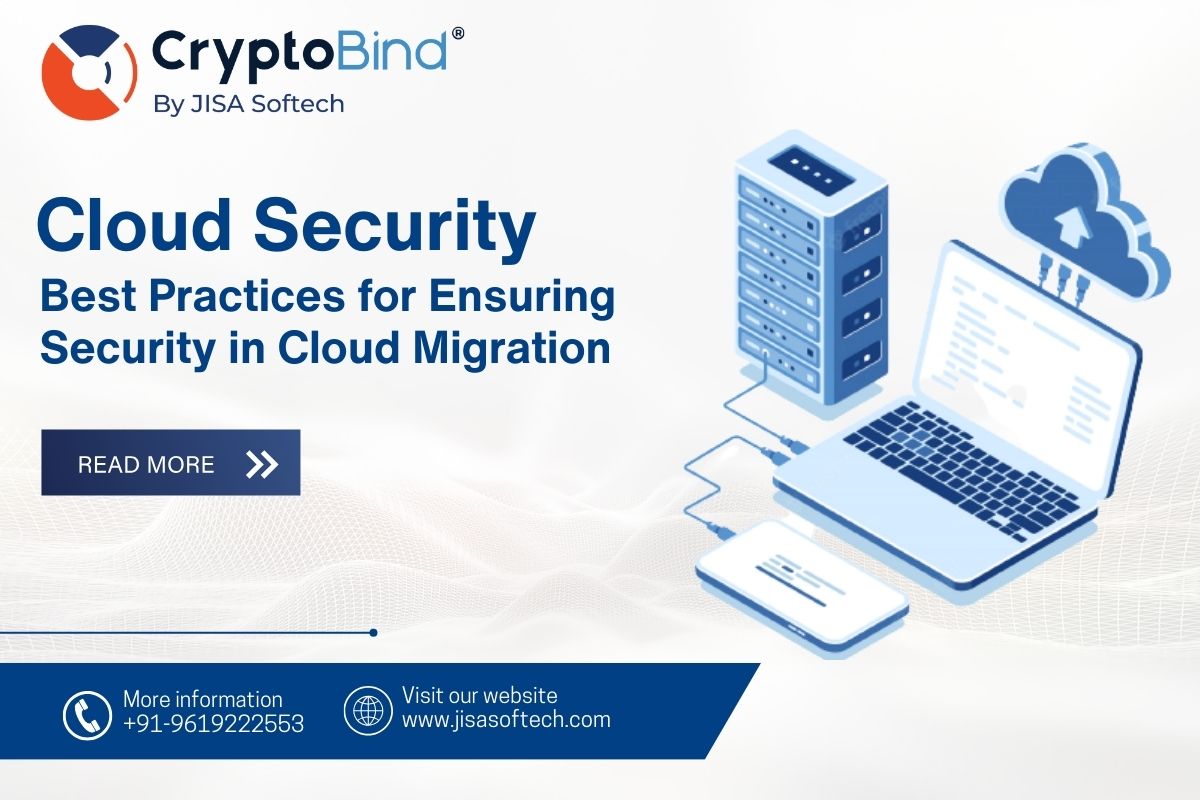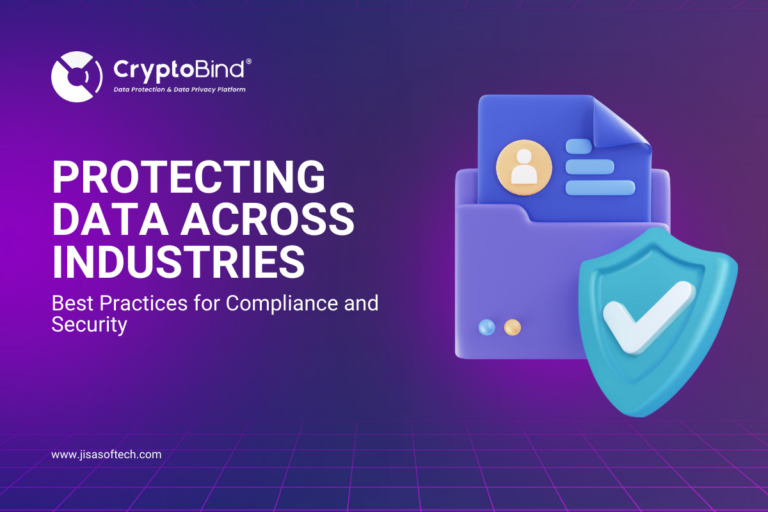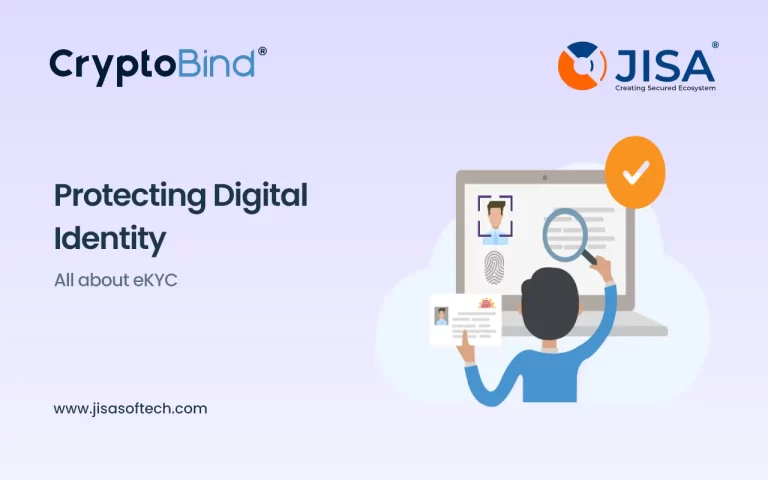Cloud Security: Best Practices for Ensuring Security in Cloud Migration
In the age of digital transformation, the migration to cloud computing has become more than just a trend—it’s a strategic imperative for organizations looking to stay competitive and agile in today’s fast-paced business landscape. However, with the increasing adoption of cloud services comes a pressing concern: security.
The debate surrounding cloud migration and its security implications has escalated to the forefront of discussions among IT professionals and business leaders alike. As more organizations entrust their data to cloud environments, the need for robust security measures has never been more critical.
The migration of data to the cloud introduces a myriad of unique security considerations. The complexity of the migration process itself poses challenges, potentially leading to data loss or breaches if not managed effectively. Moreover, the shift to cloud adoption creates new opportunities for cybercriminals to exploit vulnerabilities, posing significant risks to organizations’ sensitive information.
Recognizing and understanding these risks is not only essential but imperative for organizations embarking on their cloud journey. A proactive approach to addressing these challenges empowers organizations to navigate the migration process with heightened awareness, reinforcing their security posture in the face of evolving cyber threats.
So, what exactly is cloud security, and why does it matter?
Cloud security encompasses a comprehensive set of guidelines, technologies, and best practices aimed at safeguarding sensitive data stored within cloud environments from unauthorized access, breaches, and cyber threats. Unlike traditional storage methods where data resides on local devices, cloud storage involves storing data on remote servers managed by cloud service providers (CSPs). While CSPs are responsible for maintaining the immediate security of their cloud infrastructure, users share the responsibility of ensuring the security of their data through adherence to best practices and compliance with security protocols.
The importance of cloud security cannot be overstated, particularly in today’s landscape where digital assets hold immense value. The data stored in the cloud represents a treasure trove of information that requires protection. For businesses, the stakes are even higher, with potential consequences ranging from legal liabilities to irreparable damage to reputation and trust in the event of a data breach.
Fortunately, cloud security offers benefits, making it a worthwhile investment for both individuals and organizations. These benefits include:
- Protection of Sensitive Data: Cloud security measures help mitigate the risks of data breaches and unauthorized access, ensuring that sensitive information remains safe and secure.
- Compliance with Regulations: Many industries are subject to stringent regulations governing data handling and privacy. Cloud security aids organizations in achieving compliance with these regulations, thereby avoiding penalties and legal repercussions.
- Business Continuity: By safeguarding cloud resources against cyber threats, natural disasters, and technical failures, cloud security measures contribute to uninterrupted business operations and minimize disruptions.
- Reputation Management: Maintaining a strong security posture through cloud security initiatives helps businesses preserve their reputation and earn the trust of customers and partners.
As businesses increasingly turn to cloud technology to enhance their operations and agility, the benefits of cloud migration are undeniable. However, alongside these benefits come unique challenges that organizations must navigate to ensure a smooth and secure transition. Let’s explore the benefits, challenges, and key control measures associated with cloud migration.
Benefits and Challenges of Cloud Migration
Cloud migration offers numerous advantages, including enhanced security, scalability, and flexibility. By leveraging cloud technology, organizations can optimize resource utilization, streamline operations, and adapt to dynamic market conditions with agility.
Common Concerns Despite its benefits, cloud migration presents challenges that organizations must address proactively. These include ensuring data security, compliance with regulations, and maintaining control over data sovereignty. Addressing these concerns requires a strategic approach and ongoing vigilance.
Key Control Measures in the Cloud
Encryption and Key Management Employing encryption for data at rest and in transit, coupled with robust key management practices, enhances data security in the cloud. Solutions such as Bring Your Own Key (BYOK) and Hold Your Own Key (HYOK) afford organizations greater control over encryption keys, mitigating the risk of unauthorized access.
Secure Migration Practices Secure cloud migration entails maintaining confidentiality, authenticity, and integrity throughout the migration process. Employing encryption, access controls, and robust key management practices ensures the security of data and applications during migration and beyond.
Continuous Monitoring and Compliance Continuous monitoring and compliance auditing are essential components of cloud security. By regularly assessing compliance with industry standards and regulations, organizations can identify and address security vulnerabilities proactively, safeguarding sensitive data and maintaining regulatory compliance.
In conclusion, navigating the complexities of cloud migration requires a strategic and proactive approach to security and risk management. By addressing common concerns, overcoming challenges, and implementing robust security measures, organizations can unlock the full potential of cloud technology while safeguarding their sensitive information against evolving cyber threats.
To explore our range of cloud security solutions and data protection and privacy solutions, reach out to us at sales@jisasoftech.com or visit www.jisasoftech.com for further details.








